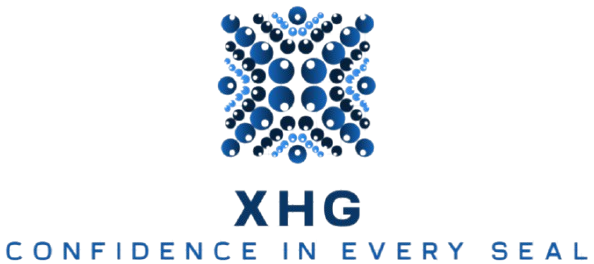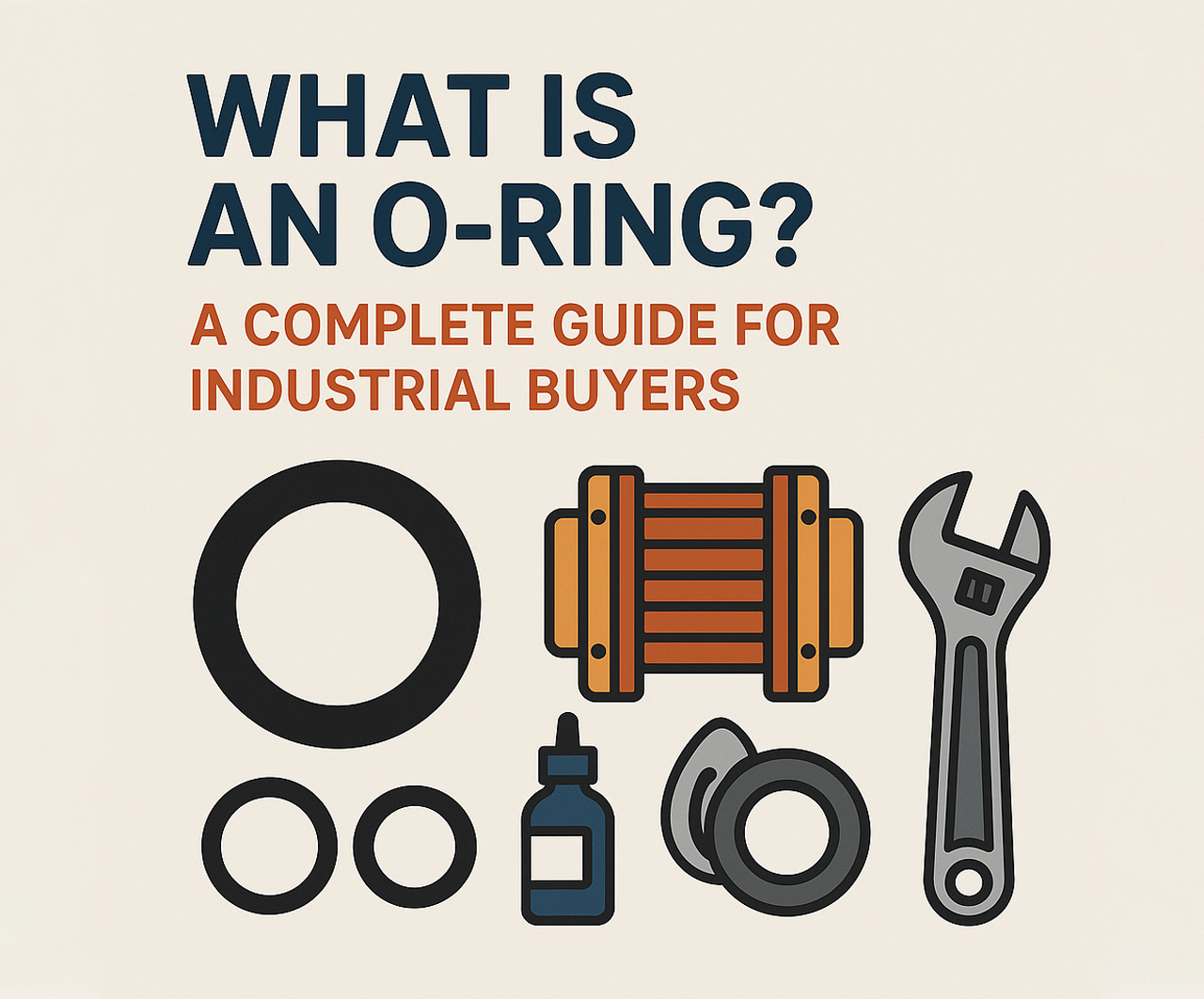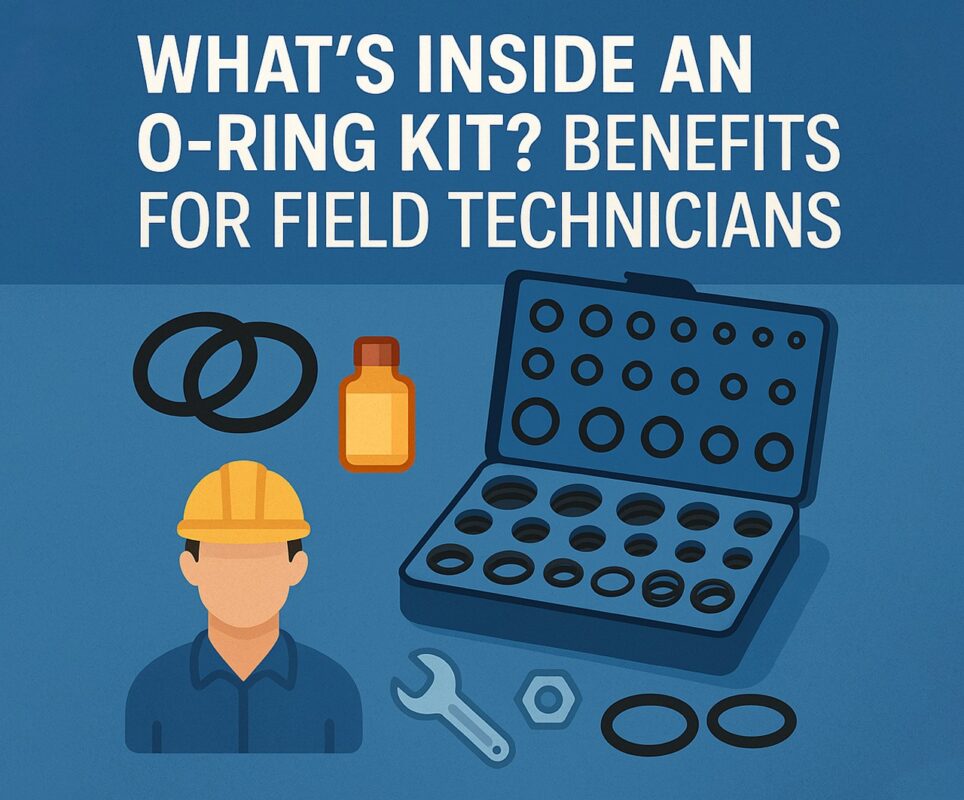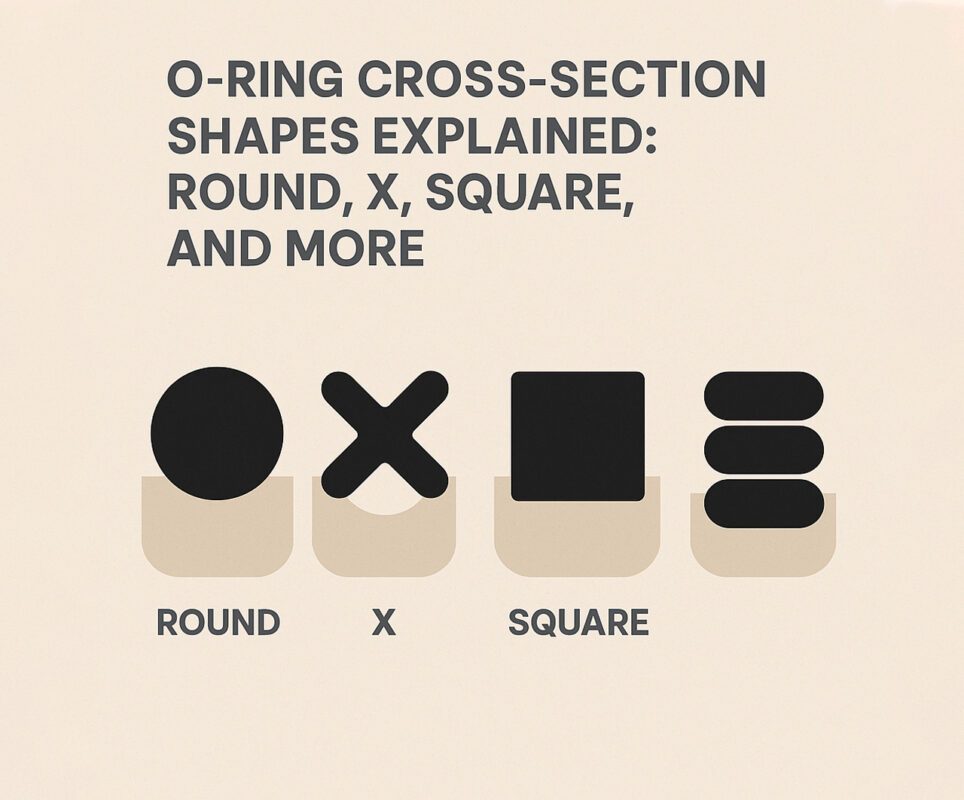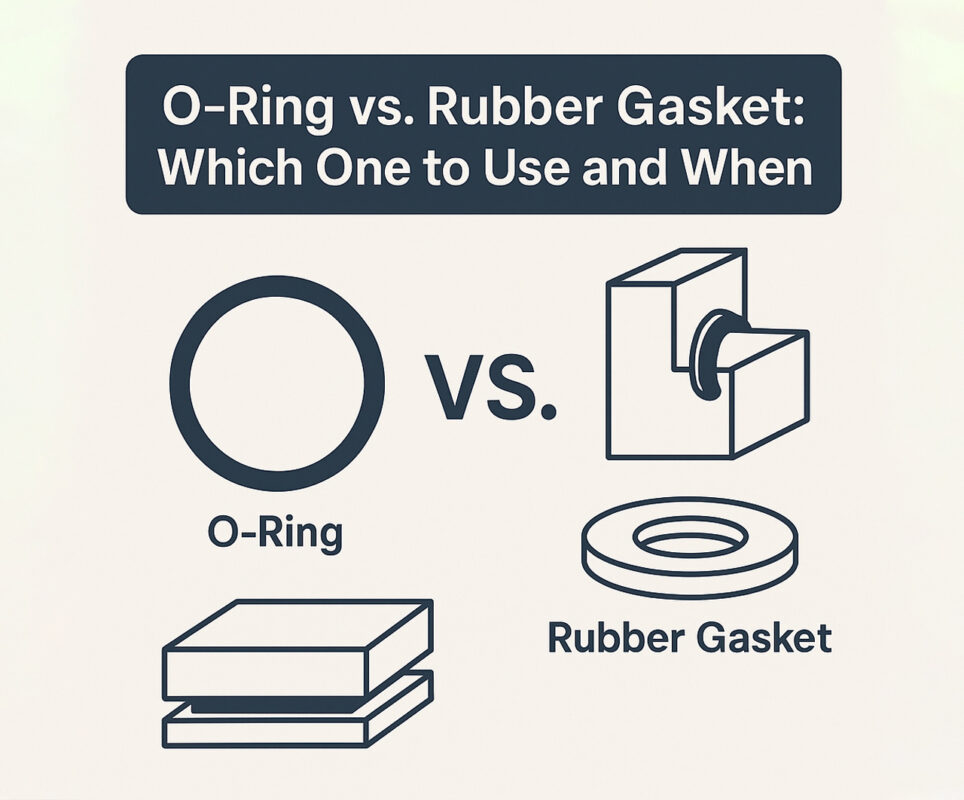In industrial sealing, few components are as universally relied upon as the o ring. From simple fluid connections to complex hydraulic and pneumatic systems, the o ring o ring is the go-to sealing solution for engineers and procurement teams alike. Whether you’re sourcing standard rubber o rings for general equipment maintenance or specialized compounds for harsh environments, understanding how o-rings function, fail, and vary in materials is key to making a smart purchase.
This complete guide is designed for industrial buyers who want more than just part numbers. We’ll dive into what an o ring is, where it’s used, how to choose the right one, and why quality matters. Know more..
What Is an O-Ring?
An o ring is a torus-shaped (donut-shaped) gasket used to prevent the passage of liquids or gases. It sits in a groove and compresses between two surfaces to create a seal.
The simplicity of the o ring o ring design belies its versatility. With no moving parts, o-rings provide reliable static and dynamic sealing under pressure, vacuum, and temperature extremes.
Common Uses for O-Rings
Rubber o rings are found in nearly every industrial sector:
- Hydraulics: Prevent fluid leakage in pumps, valves, and cylinders.
- Pneumatics: Maintain pressure and eliminate air leaks in actuators and fittings.
- Automotive: Seal fuel systems, air conditioners, and brake lines.
- Food processing: Ensure sanitary seals in washdown-resistant equipment.
- Aerospace: Provide pressure integrity in aircraft engines and environmental systems.
With so many applications, there’s no such thing as a one-size-fits-all o ring.
Materials: Why Rubber O Rings Are Popular
The choice of material determines how an o ring performs under load, temperature, chemical exposure, and movement.
Rubber o rings dominate because they offer flexibility, cost-effectiveness, and resistance to various conditions. Key rubber materials include:
- Nitrile (NBR): Great for oil, fuel, and water resistance. Ideal for industrial maintenance.
- EPDM: Excellent for steam, water, and UV exposure. Common in plumbing and outdoor systems.
- Viton (FKM): Resistant to heat and chemicals. Often used in automotive and aerospace.
- Silicone: Food-grade and flexible at extreme temperatures. Used in medical and food industries.
- Neoprene: Good for refrigeration and outdoor environments.
Buyers must match rubber o rings to operating conditions, or risk degradation, swelling, or cracking.
How O-Rings Work
When compressed in a groove, the o ring deforms to fill the space and create a seal. The elasticity of the material allows it to return to shape when pressure is removed, maintaining a tight barrier.
There are two main types of sealing:
- Static: No relative motion between surfaces (e.g., pipe flange)
- Dynamic: Surfaces move (e.g., piston sliding in a cylinder)
The o ring o ring system must balance groove dimensions, compression rate, and material hardness (durometer) to work effectively.
Choosing the Right O-Ring for Your Application
Selecting the best o ring starts with answering a few key questions:
- What media will it seal?
- Oils, chemicals, gases, steam, water?
- What is the temperature range?
- Cold storage? High-heat engines?
- Is the seal static or dynamic?
- What is the required pressure tolerance?
- Vacuum or high-pressure hydraulics?
- Does it need food or medical-grade compliance?
For example, rubber o rings made from EPDM will fail quickly in petroleum environments, but thrive in steam systems.
O-Ring Sizes: Global Standards
Standard sizes are governed by organizations like:
- AS568 (USA)
- ISO 3601 (International)
- BS 1806 (UK)
When specifying an o ring, buyers must know:
- Inside diameter (ID)
- Cross-section (CS)
Custom and non-standard rubber o rings can be fabricated, but often involve longer lead times and higher costs.
Common O-Ring Failures (and How to Avoid Them)
Knowing why o ring failures happen helps prevent costly downtime.
- Compression Set: O-ring doesn’t return to shape after compression.
- Cause: Heat, chemical attack, poor material choice.
- Extrusion: Material is forced into the gap between mating surfaces.
- Cause: Excessive pressure or incorrect groove dimensions.
- Abrasion: Surface wear due to motion or contamination.
- Cause: Poor finish on metal surfaces, insufficient lubrication.
- Chemical Degradation: Swelling, cracking, or softness.
- Cause: Exposure to incompatible media.
- Installation Damage: Nicked or twisted seals during assembly.
- Cause: Sharp edges, improper tools.
The better matched your rubber o rings are to your environment, the less frequently you’ll encounter failure.
Storage and Handling Tips
Even before installation, o ring o ring quality can degrade if not stored properly. Follow these best practices:
- Store in a cool, dry place away from direct sunlight.
- Keep away from ozone sources (motors, fluorescent lighting).
- Avoid stretching or compressing during storage.
- Label materials and expiration dates clearly.
Proper handling extends shelf life and ensures top sealing performance.
Specialized O-Rings for Industrial Applications
Sometimes, standard rubber o rings won’t cut it. In these cases, specialty o-rings are used:
- Backup rings: Prevent extrusion in high-pressure applications.
- Quad rings (X-rings): Provide better sealing in dynamic environments.
- Metal-detectable o-rings: Used in food and pharma to prevent contamination.
- PTFE encapsulated o-rings: Combine chemical resistance with rubber elasticity.
- Color-coded o-rings: For easy identification in complex systems.
These innovations solve sealing challenges in demanding applications.
Buying Considerations: What Industrial Buyers Need to Know
When sourcing o ring o ring components in bulk, industrial buyers should prioritize:
- Supplier reliability: Are delivery times consistent? Is inventory managed well?
- Material certification: Does the supplier offer FDA, NSF, or MIL-SPEC options?
- Technical support: Can they recommend alternatives or troubleshoot?
- MOQ and lead times: How fast can you get critical rubber o rings?
- Customization: Can they provide specific durometer or compound blends?
Establishing a relationship with a knowledgeable supplier pays dividends over time.
Sustainability and O-Ring Recycling
With environmental compliance on the rise, many companies are asking: Can o rings be recycled?
While used rubber is difficult to reclaim, suppliers are moving toward:
- Eco-friendly elastomers
- Reduced-waste manufacturing
- Take-back programs for industrial clients
Choosing long-life rubber o rings also reduces environmental impact through fewer replacements.
Real-World Example: Hydraulic Equipment Sealing
Challenge: A construction company faced frequent seal failures in hydraulic rams, causing fluid leaks and downtime.
Solution:
- Switched from standard nitrile to low-temperature FKM rubber o rings.
- Added backup rings to reduce extrusion.
- Partnered with a supplier offering technical training for installers.
Result: Reduced seal failures by 85% and improved machine uptime across the fleet.
Final Thoughts: Seal Smarter with the Right O-Ring
From hydraulic presses to food-grade machinery, the o ring plays a critical role in keeping systems sealed, safe, and efficient. With thousands of variations in rubber o rings alone, industrial buyers have more choice than ever—but also more responsibility.
Take time to match the o ring o ring specification to your application. Don’t cut corners on material quality. Invest in a trusted supplier. And educate your team on installation best practices.
In the world of industrial sealing, success is in the details. A well-chosen o ring doesn’t just stop leaks—it drives performance, reduces costs, and supports long-term operational goals.
